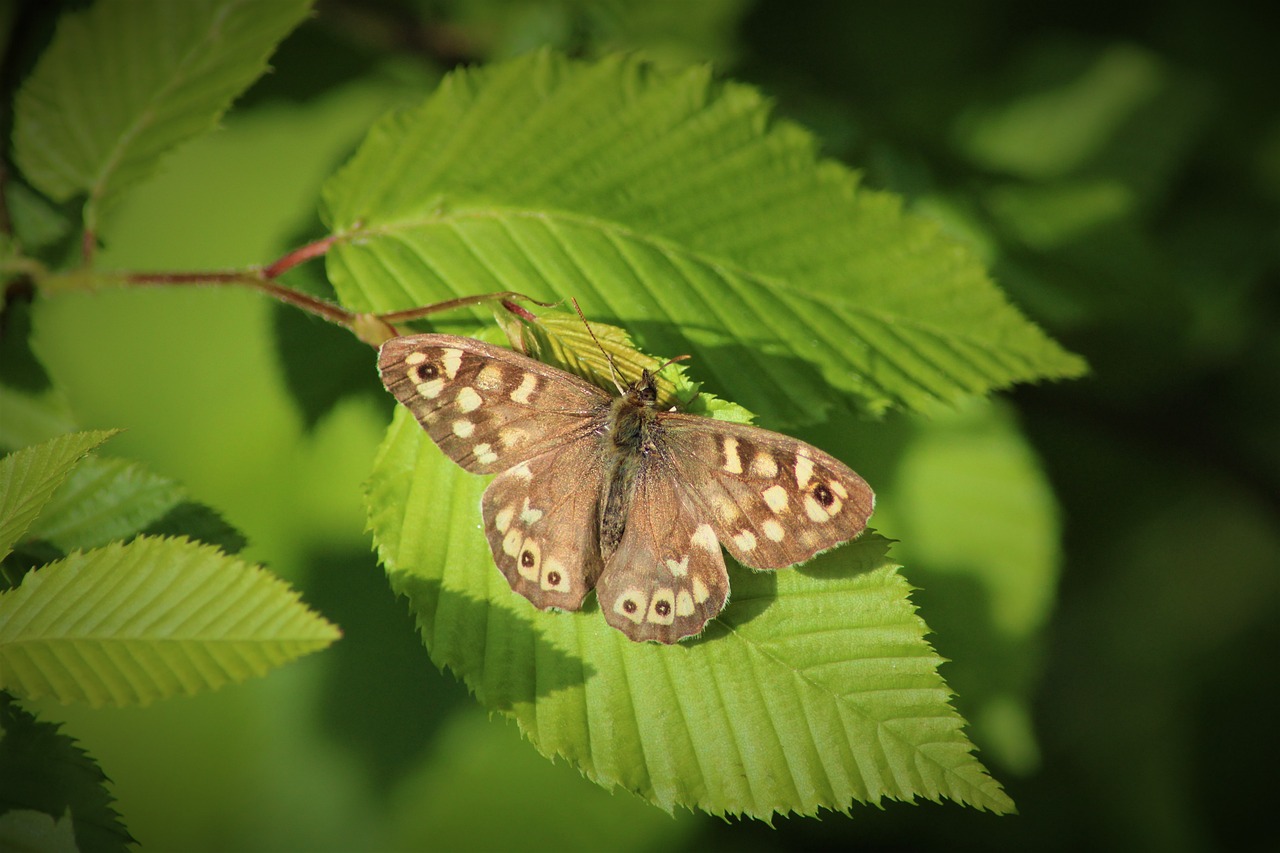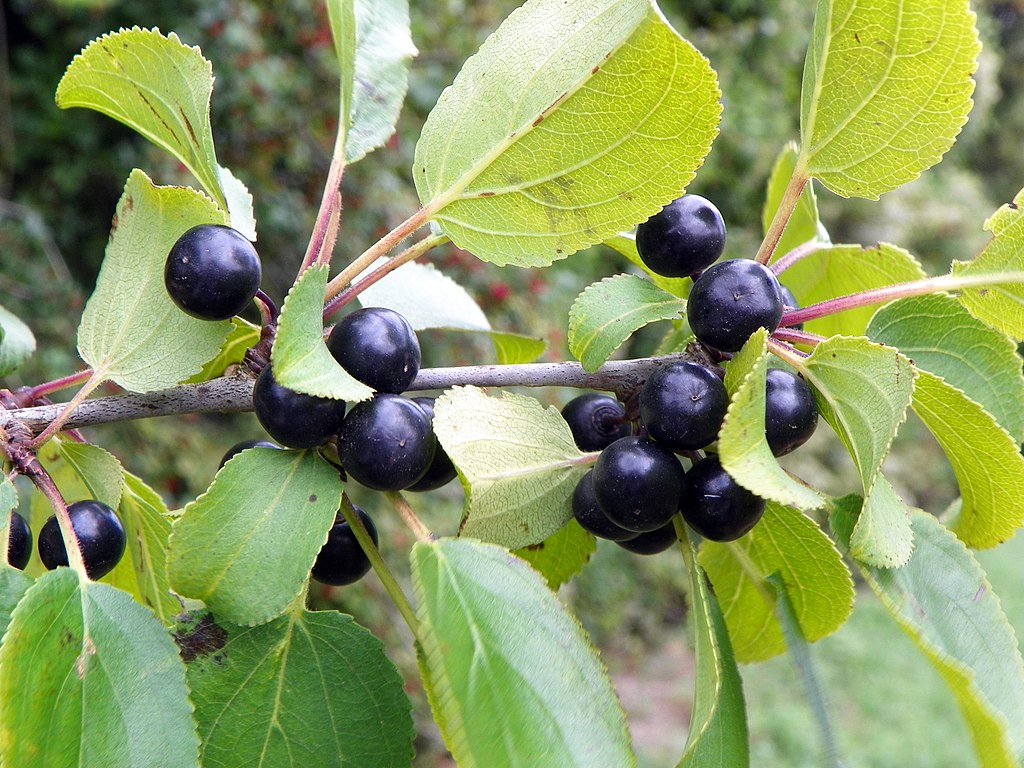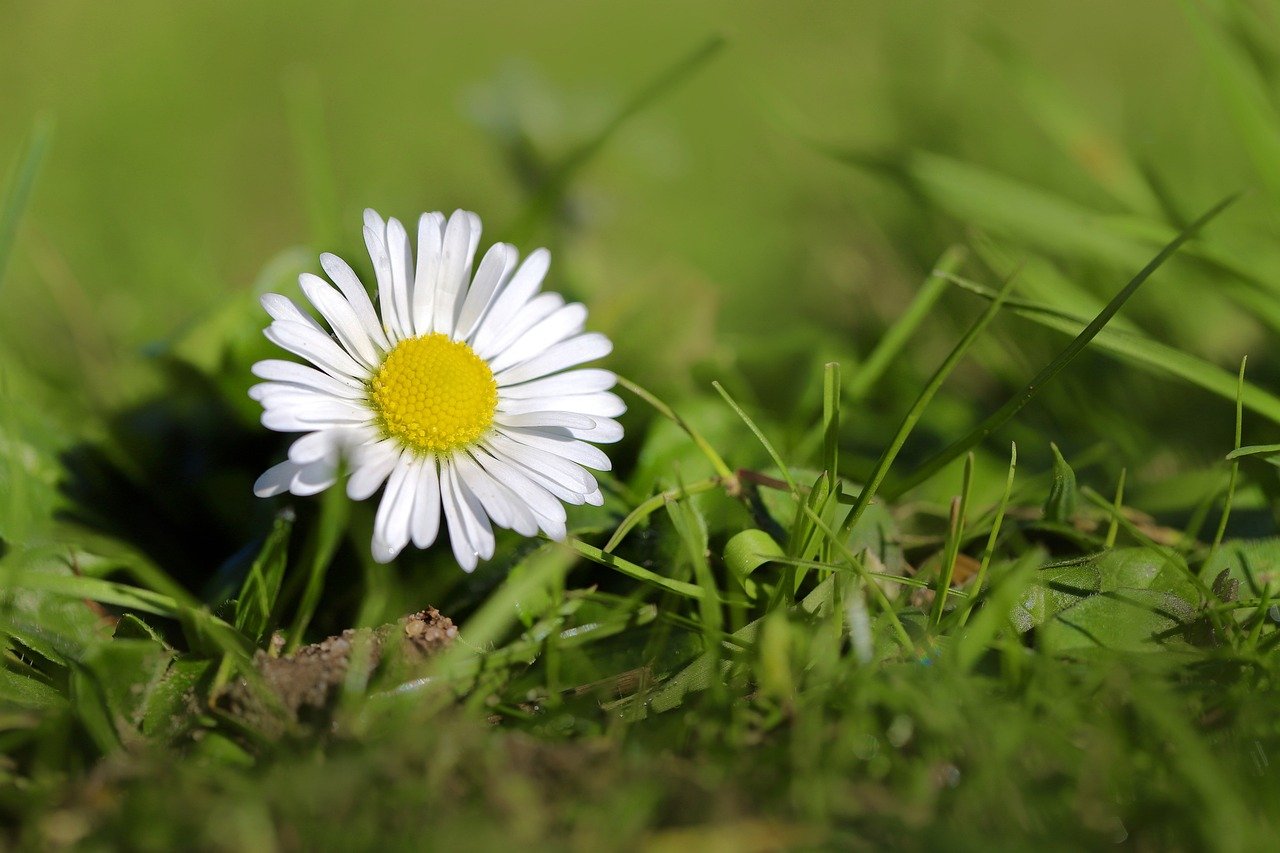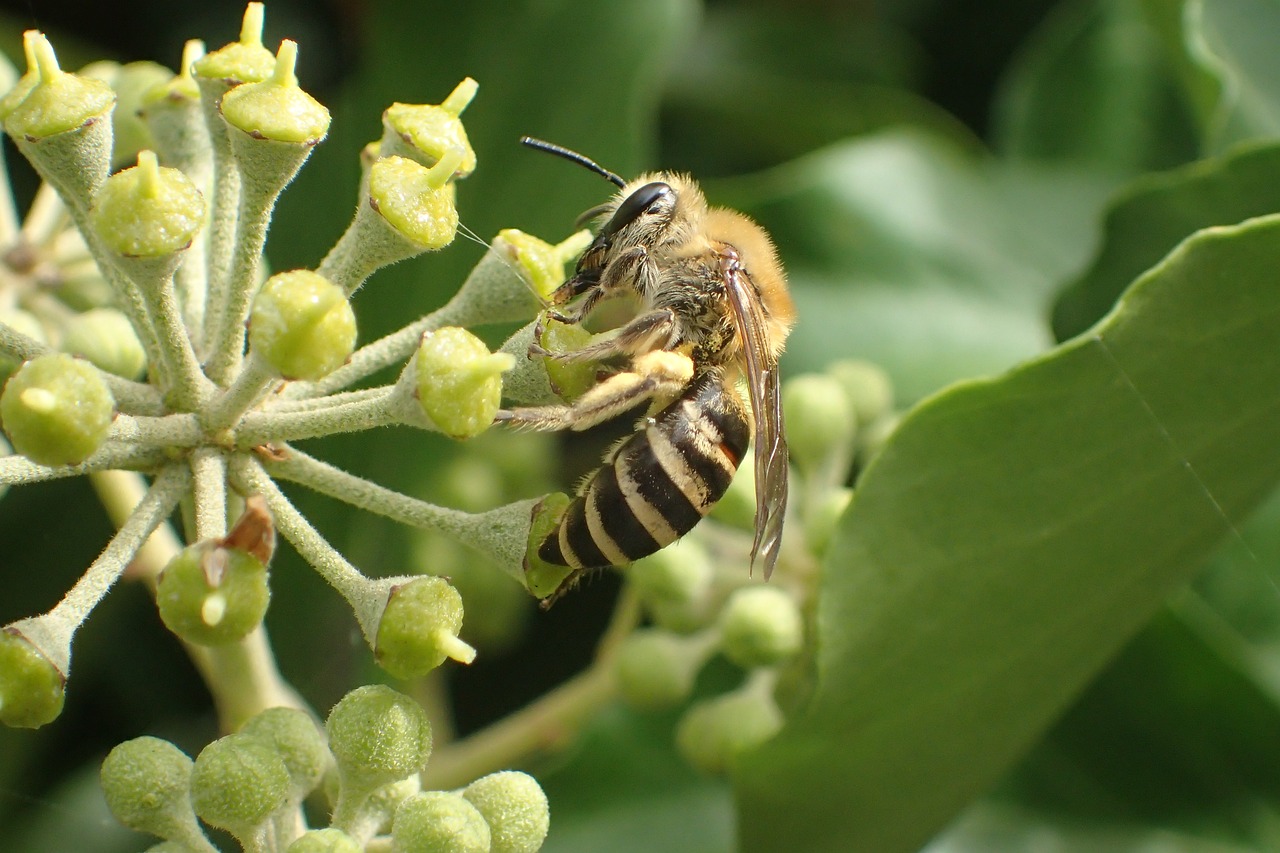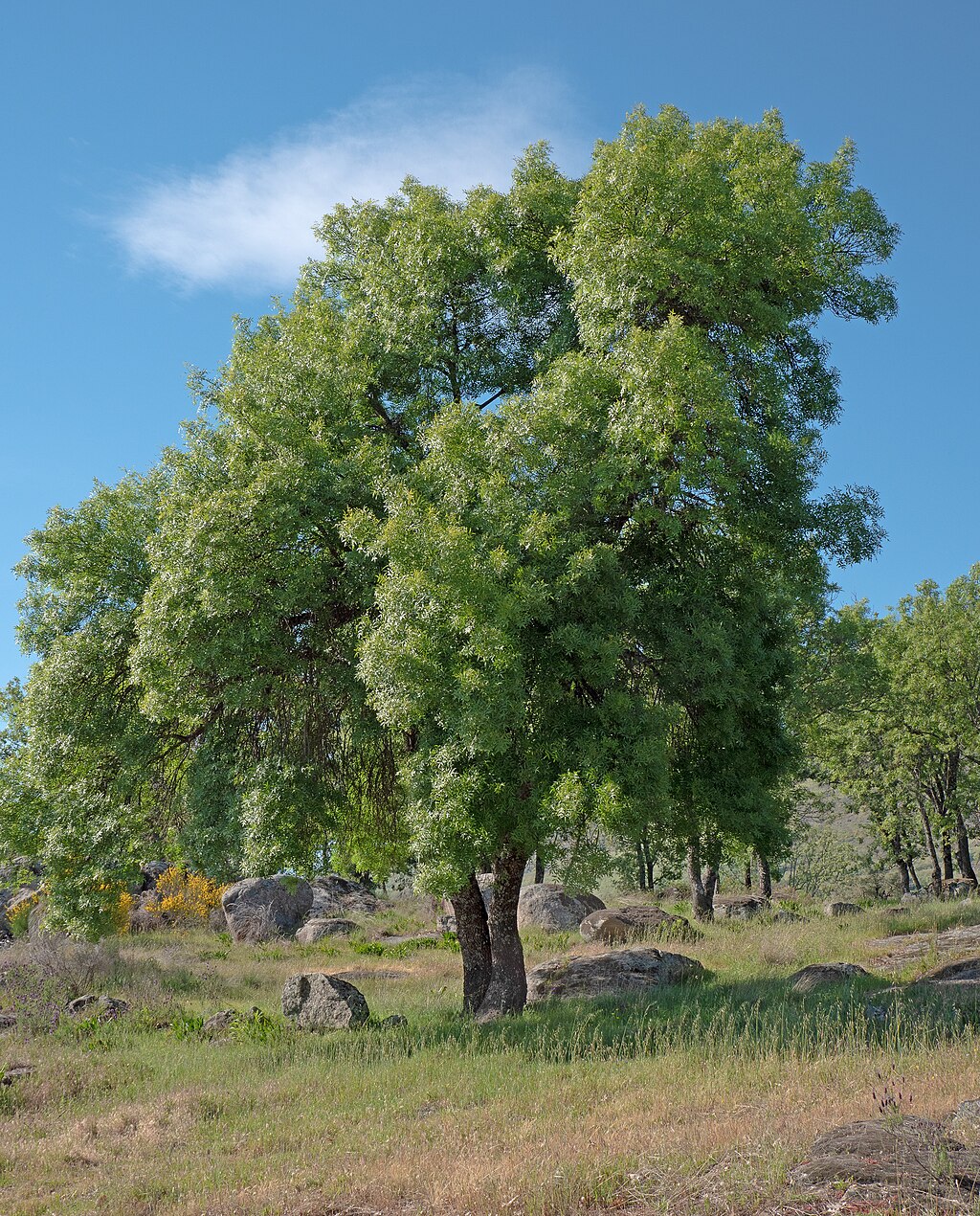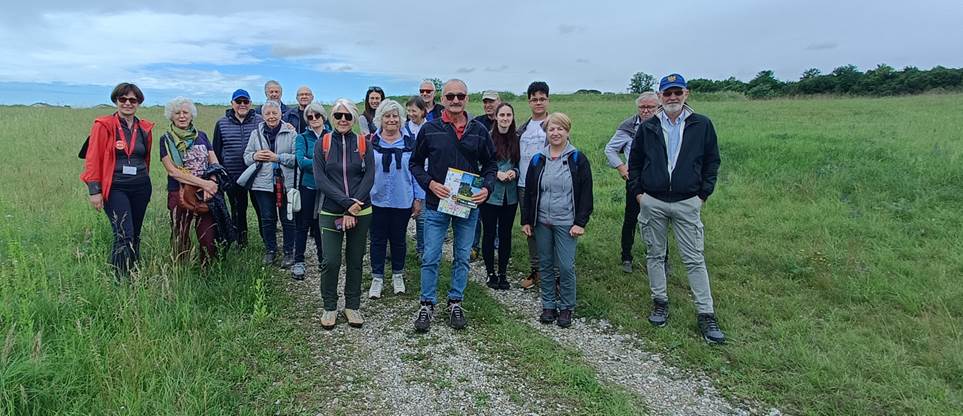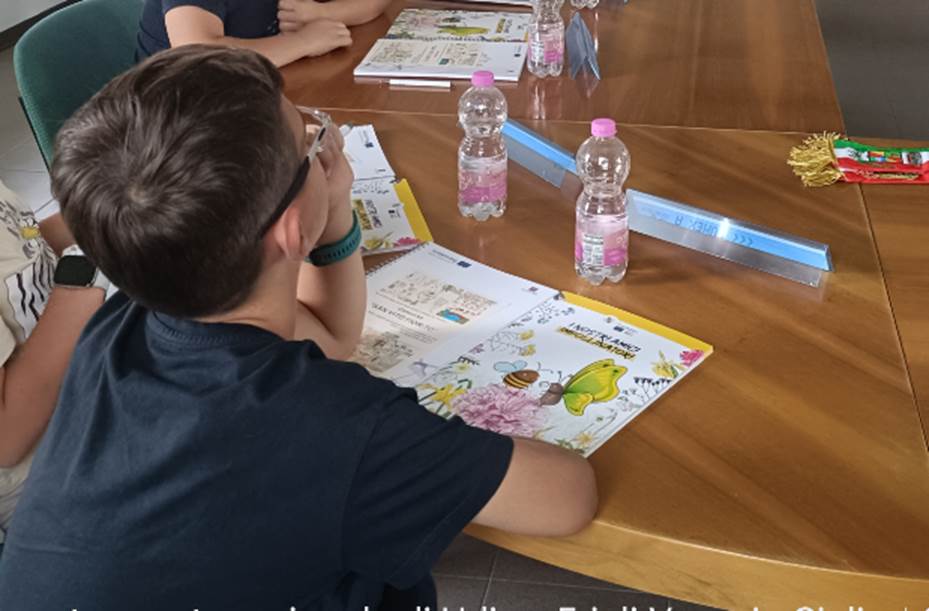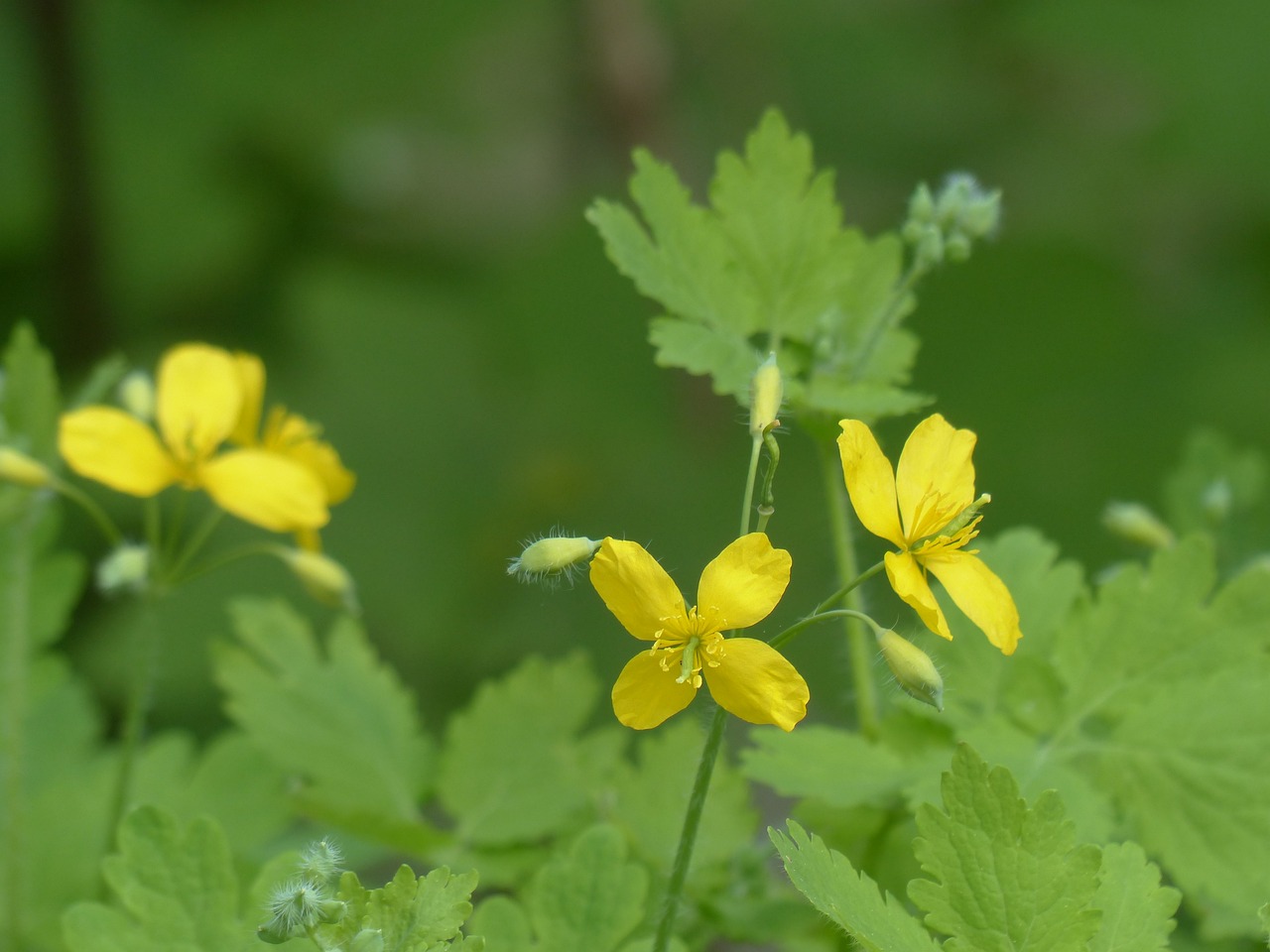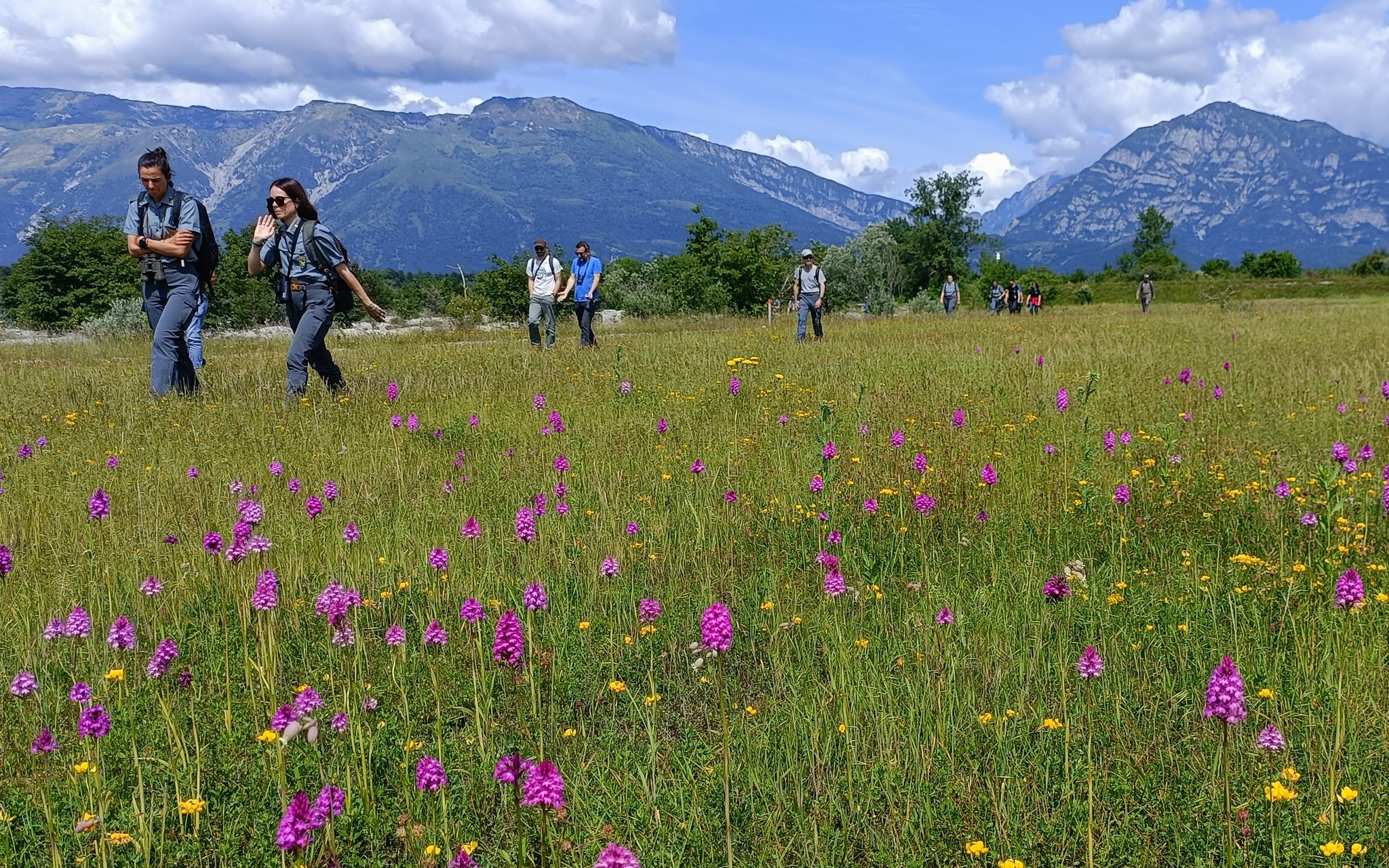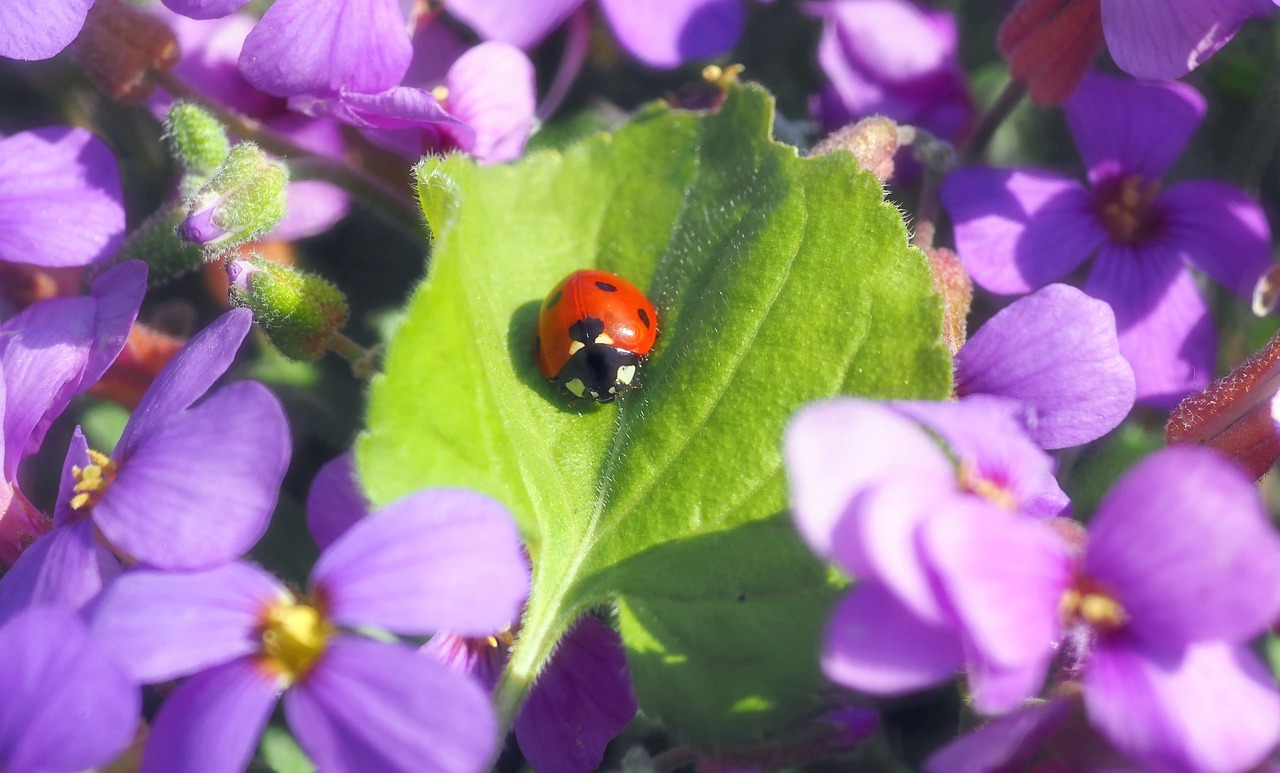Speckled wood. Camouflaged in the shadows
lifepollinaction2024-07-17T15:01:25+02:00Speckled wood Camouflaged in the shadows This butterfly (scientific name Pararge aegeria, family Nymphalidae) prefers habitats such as deciduous forests and humid, shady environments. It has a wingspan of 35-45 mm, but the shape and size vary depending on whether they live in the North or South of Europe. The wings are dark brown with dark orange patterns. Due to its camouflaged colors and fast flight, the Speckled Wood butterfly easily escapes sight among patches of light. It can be found from plains up to about 1000 meters in altitude (occasionally up to 1700 meters). The adults feed on flower [...]


